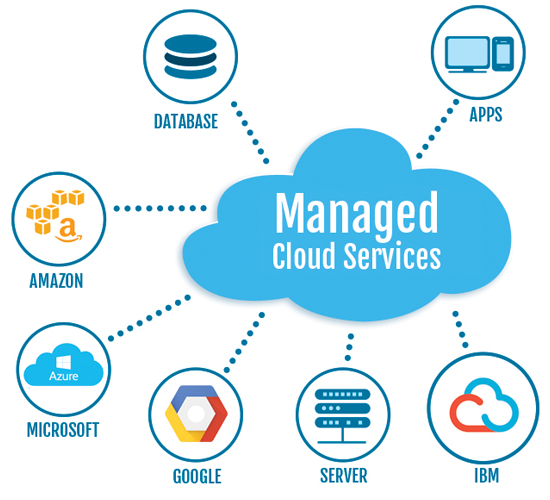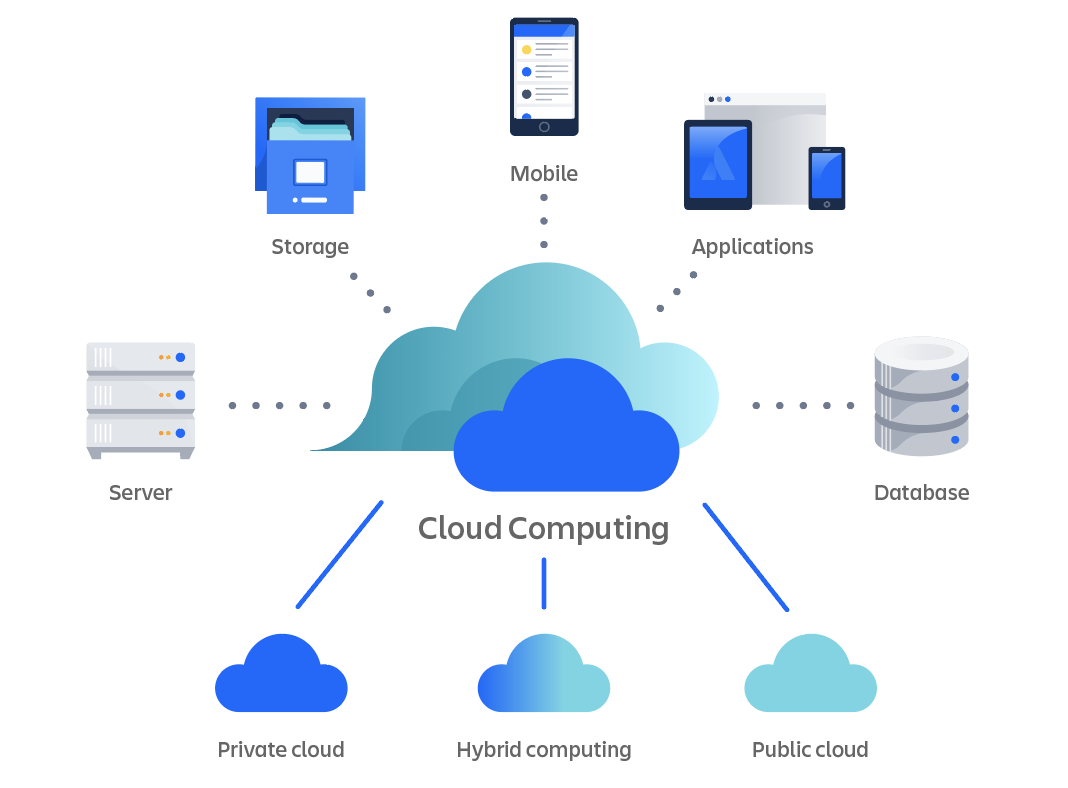Simplify Your Facilities With Cloud Services
As services browse the ever-evolving landscape of technology and data administration, the role of cloud services in streamlining framework has actually become progressively famous. Just how can services successfully browse this change and absolutely unlock the capacity of cloud solutions for simplifying their facilities?
Advantages of Cloud Solutions
Cloud services use a structured approach to managing IT framework, giving businesses with scalability, cost-efficiency, and adaptability. Among the vital advantages of cloud services is the scalability they offer. Companies can easily scale their sources up or down based on need, ensuring they just pay for what they make use of. This versatility is particularly advantageous for companies with changing requirements or those experiencing growth.
Additionally, cloud services eliminate the need for services to spend in costly software and hardware. This cost-efficiency is a substantial advantage, especially for little to medium-sized ventures aiming to lessen upfront costs. By utilizing cloud services, organizations can access top notch IT resources without the substantial cost related to standard facilities configurations.
Additionally, cloud solutions give organizations with the adaptability to access their data and applications from anywhere with a net link. This degree of accessibility boosts collaboration among teams, makes it possible for remote work, and boosts overall efficiency. The versatility provided by cloud solutions equips businesses to adapt rapidly to transforming market conditions and client demands.
Price Financial Savings and Scalability
In enhancement to the operational advantages highlighted previously, the assimilation of cloud solutions into a company's framework produces considerable expense savings and improved scalability. Cloud services supply a pay-as-you-go version, allowing organizations to range sources up or down based upon current needs, thereby staying clear of the prices associated with maintaining excess capacity. This versatility allows firms to adjust rapidly to varying demands without incurring unnecessary expenses.
Moreover, cloud services remove the need for ahead of time investments in software and hardware, reducing capital investment. Operating costs are likewise lessened as companies no more need to handle and keep physical servers, leading to lower energy usage and IT staffing expenses. Furthermore, cloud services give automated updates and maintenance, ensuring that the facilities continues to be safe and current without requiring manual treatments.
Boosted Security Procedures
When integrating cloud solutions into a firm's facilities to guarantee and secure delicate information conformity with market policies,Implementing stringent safety and security procedures is paramount. Cloud company supply enhanced protection attributes such as information security, firewall protection, and multi-factor authentication to reduce cybersecurity risks. Encryption helps protect data both at remainder and en route, making certain that only licensed individuals can access delicate information. Firewall softwares function as an obstacle between exterior hazards and interior networks, tracking and controlling try these out incoming and outbound network web traffic. Multi-factor authentication includes an extra layer of security by needing users to provide numerous types of confirmation prior to accessing the cloud services.
In addition, normal protection audits and compliance assessments assist recognize susceptabilities and ensure adherence to industry standards. Companies can likewise take advantage of features like automatic safety and security updates and real-time risk surveillance provided by cloud solution carriers. By prioritizing safety measures and staying proactive in resolving prospective risks, organizations can with confidence leverage cloud solutions while shielding their important information from unapproved access or breaches.
Transitioning to Cloud Infrastructure
To successfully incorporate cloud services right into a firm's framework, an organized approach that addresses the change in the direction of cloud-based remedies is vital. Transitioning to cloud framework includes cautious planning and execution to ensure a smooth movement process. The primary step is to examine the existing framework and establish which applications and systems appropriate for migration to the cloud. This assessment should think about aspects such as information level of sensitivity, compliance requirements, and performance demands.
As soon as the analysis is full, a migration approach need to be established. This approach must lay out the timeline, resources, and duties for relocating each part to the cloud. It is vital to connect this plan plainly to all stakeholders to make sure positioning and lessen interruptions during the transition.
During the movement process, surveillance and click for info testing are important to recognize and address any kind of problems without delay. Regular checkpoints ought to be developed to track progression and make required modifications. In addition, training for employees on using cloud services need to be supplied to make sure a successful change and make the most of the benefits of the brand-new infrastructure.
Best Practices for Cloud Adoption
Effective adoption of cloud solutions pivots on the strategic alignment of company goals with technical capabilities and business readiness. To ensure a smooth transition to the cloud, organizations ought to start by conducting a thorough evaluation of their present facilities and recognizing which work are best fit for cloud movement. It is critical to involve vital stakeholders from various departments in the decision-making process to obtain buy-in and address any kind of issues at an early stage.
Another ideal technique for cloud adoption is to focus Clicking Here on safety and security and compliance. Organizations has to meticulously examine the safety procedures used by cloud service carriers and make certain that their information is safeguarded according to market standards and regulatory requirements. Applying robust information security, gain access to controls, and regular safety audits can help minimize threats connected with cloud fostering.

Conclusion

As businesses browse the ever-evolving landscape of technology and data management, the duty of cloud solutions in streamlining facilities has ended up being significantly noticeable - Cloud Services. How can services efficiently browse this transition and absolutely unlock the potential of cloud solutions for simplifying their infrastructure?
Cloud solutions offer a streamlined strategy to managing IT facilities, offering businesses with versatility, scalability, and cost-efficiency. By utilizing cloud solutions, companies can access top notch IT resources without the substantial rate tag linked with conventional facilities arrangements.
To make sure a smooth shift to the cloud, companies ought to start by conducting an extensive assessment of their present infrastructure and recognizing which work are best suited for cloud migration.